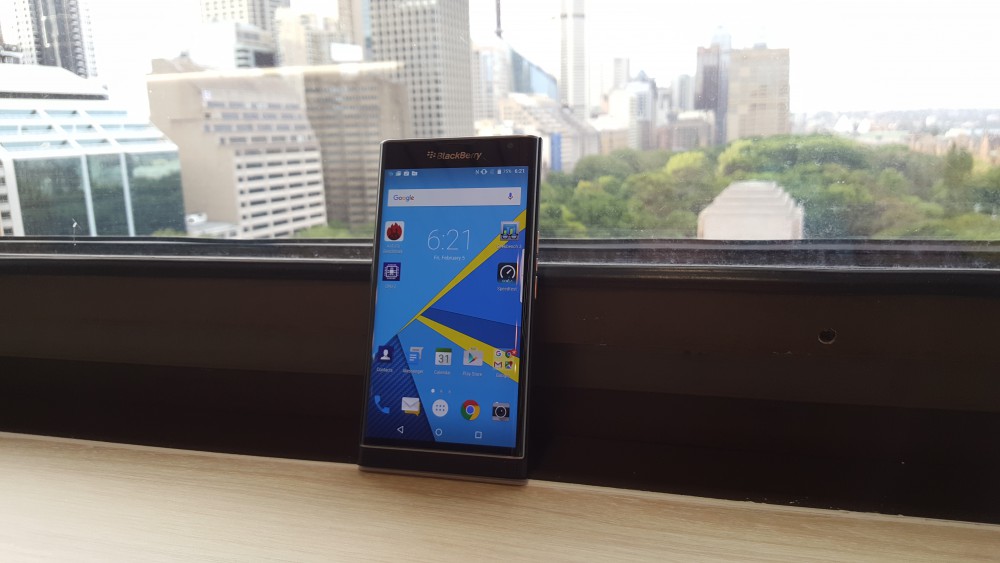
BlackBerry a name that was synonymous with the corporate world with its handheld mobile devices. Over the last couple of years — thanks in part to Android and iOS along with what many would say were bad management decisions — meant the company lost its spot and appeal within its core market.
Furthermore since 2012, the company which held the trademark name, Research in Motion, changed its name to BlackBerry PLC, has seen 3 CEO’s at the helm with the current being John S. Chen, who has sold off parts of the company (including its manufacturing division that used to create its mobile devices) and has since partnered with Foxconn to create all new devices for the company.
This includes its first ever Android-based mobile handset called the BlackBerry Priv, which was announced last September (2015) after pictures leaked of the Priv in August. The company and its CEO Chen said during BlackBerry’s 2nd quarter fiscal report that:
“Today, I am confirming our plans to launch Priv, an Android device named after BlackBerry’s heritage and core mission of protecting our customers’ privacy. Priv combines the best of BlackBerry security and productivity with the expansive mobile application ecosystem available on the Android platform.”
So with this in mind, we wanted to see what the Priv offers for consumers and businesses alike and how secure BlackBerry have been able to truly make both the Android ecosystem and the device; to see whether it’s safe to handle business sensitive emails, documents and apps combined. Let’s have a look further into the BlackBerry Priv to see how it handles the Ausdroid review test.
- Lack of manual settings with the Priv’s camera along with the BlackBerry App is disappointing
- Price is a little steep given the market this is aimed for
- Physical keyboard is a nightmare to use if you have fat fingers/thumbs
The Priv is certainly something that honestly doesn’t look like a typical blackberry device and I like that. It’s something different from their normal devices, and I like that too. The front of the Priv has a 5.4” AMOLED Display (1440 x 2560) which when compared to my 5.7” Galaxy Note 5 display is very much the same both in clarity and just sheer beauty and brightness – unsurprising given Samsung provided the panel. Colours pop and the slight curvature at each side of the device is also very much welcome given it balances the overall design of the Priv. The slide out physical keyboard, in all honesty has to be the hardest thing I have ever used and certainly takes me back when I did have a blackberry years ago. I understand why Blackberry have kept the physical keyboard, to satisfy those very few blackberry fans but honestly this is something they could have ditched in favour for the onscreen keyboard which is far more user friendly at the end of the day. Located just below the physical keyboard is the front facing speaker bar which is quite powerful and certainly can pump out clear audio from music and videos along with calls which is a nice surprise. On the top right hand corner of the front of the device is the 2MP front facing camera and right next to that is the headset speaker for calls only with the BlackBerry logo located right below the speaker in the centre of the top part of the screen. The left hand side of the Priv houses the power/standby button which seem to almost be built into the side, but still stands out enough that you can feel them, but doesn’t feel like it would easily catch on your hand or anything you place the priv into such as pockets etc. The right hand side of the Priv houses 3 button built almost the same as the others. The first and last button of the three available on this side are the volume rocker (so up and down volume) with the middle button at first confusing me as to what it exactly does and I was able to find out that all it basically does is to open the notification dialog to switch modes. This personally for me, could have been ditched for possibly an on screen option – or maybe a mute button given its proximity to the volume rocker. Located on the top of the Priv is the nano SIM card tray as well as a separate microSD card tray, both of which require the use of a pin tool to eject. Blackberry has conveniently labelled the trays, so you won’t be accidentally opening the wrong port — if that’s a thing. At the bottom rear of the Priv we find the micro USB charging port located in the middle (Thankyou!!) and to the right is the 3.5mm audio jack port. On the rear of the Priv we find the 18MP rear facing camera and right next to it is the dual LED flash, which also makes for a nice bright torch when needed. Just below the camera and flashlights is the typical BlackBerry logo branding. The rear of the device also seems to be made from a carbon fibre, it’s certainly got that feel and it’s a nice touch. As briefly stated above, the BlackBerry Priv comes with a 5.4” AMOLED Display (1440 x 2560) which is quite impressive. Colours are clear, bright and above all accurate – something important in this day and age. As I also said previously, when I placed the Priv side by side against my Samsung Galaxy Note 5, I found that both screens were quite bright and clear and I couldn’t really notice any difference in screen quality between the two devices. The Priv has pretty decent battery life, lasting a full day for me after being taken off charge at about 9am and wasn’t put back on charge till about 9pm. By that stage, it had about 15% battery life still left and without charging it at work, that’s not too bad. If you are a heavy phone user, then obviously it would be advisable to either charge up at say your workplace or having a battery pack on hand just in case, but for me, it was a good experience. That said, there is an option within settings for battery saving options which can help reduce the amount of power used by apps and services on the blackberry and upon trying it out a couple of times did help towards the battery power being run down too fast. The Priv comes with a 18MP rear facing camera which can shoot some really pretty damn good pics, however the software side of things is where obvious cuts were made. For example, there is no real manual controls within the camera app. Even downloading Google’s own Camera app doesn’t help very much either sadly. That said, the Priv was able to capture quite excellent daylight pictures thanks in part to the high megapixel count on the sensor. Focus was not an issue though in low light, the pictures captured did have quite a bit of noise and in some cases a yellow-ish orange tinge did occur when trying to capture in low light. Even using the LED Rear Flashlight in low light didn’t help much make the picture clearer. The 2MP front facing camera, isn’t really something to shout about and can still take a decent selfie shot but given this device is more for business than pleasure, I doubt this will be a defining feature or reason to buy the Priv.
The Priv comes with the usual connectivity points such as Wi-Fi 802.11 a/b/g/n/ac which when connected to my home WiFi, offered a stable and pretty fast connection. There is also the low powered Bluetooth v4.1 which enabled a stable connection between my phone and my ZenWatch and my bluetooth speakers for when I wanted to pump up the music. There weren’t issues with drop-outs or anything like that. Carrier Network wise, using both Telstra and an Optus SIM card enabled me to utilise their 4G and at times reliable 3G connections without really noticing any drop-outs or if there was, it was barely noticeable. The Priv has a surprising front facing speaker located at the bottom front of the device which I have to say, provides a powerful and surprisingly clear sound when playing YouTube video’s, movies or when used as a speakerphone during calls. Call wise, the Priv does offer some clear audio through the use of HD voice capabilities through the Optus and Telstra networks during the review period. This meant that whether on speakerphone or not, I could hear and be heard in almost crystal clear HD. The overall performance of the Priv was quite excellent again for a first Android powered smartphone from BlackBerry. It for me, would seem they are applying the same grunt power to the hardware with the software side of the Priv. I found that it could handle pretty much anything I could throw at it. Switching between apps was smooth and stutter free and this is thanks in part to the hexa-core Qualcomm Snapdragon 808 processor, clocked at 1.8 GHz, and backed by the Adreno 418 GPU and 3GB of RAM. Hardware and build quality
Screen/Display
Battery Life
Camera
Connectivity
Sound
Performance
Whilst the Snapdragon 808 processor might not be the latest and greatest, but that doesn’t matter here as it still provides quite a fast processing action and doesn’t seem to bring the Priv down.
Benchmark wise, the Priv certainly can hold its head above water with the big boys.
Software
The Blackberry Priv comes with Android 5.0.2 and during the review an update came through which didn’t offer much but did bump up the software up to Android version 5.1.1 (Lollipop). it is unsure whether the Priv will see an update to Android 6.0, but given the CEO of BlackBerry John Chen, has stated that the company will now look towards Android for its software, that could be a great indicator of further updates to come.
What I did go looking for was a skin, which is what we tend to see with other Android manufacturers (aka Samsung – Touchwiz etc) and I couldn’t honestly find one which does indeed confirm the Priv is running vanilla Android, but they have thrown a couple of additions which I would like Google and other OEM’s to look at as they offer something extra which tends to lack normally.
To-do list which appears when swiping to the left from the right hand side of the screen.
Battery Percentage line/animation.from the bottom to the right edge of the screen both when and when not locked (See pic).
Bundled Apps
The Priv does come with a handful of Blackberry Apps already installed which can easily be uninstalled. these apps include:
- BlackBerry Messenger (BBM)
- BlackBerry Help
- BlackBerry Hub
- DTEK by BlackBerry (see security section below)
- Notes
- Migrate
- Content Transfer
- FK
These apps are on top of the usual Google pre-installed apps like YouTube, Drive, Messages, Play Music, Play Movies etc.
Security Software
The Priv has its own security suite over vanilla Android Lollipop software called DTEK by Blackberry. To put it simply, it’s an app that gives you a speedometer display to advise you of the Priv’s device security status.
The security display provides a snapshot as to how good your security is through apps, software and any downloads you make or have on the device at any one time. Going through the settings for DTEK by Blackberry, can further assist in ensuring security stays excellent, which is the rating I got and continued to maintain during this review.
Where there are gaps to ensure security is maintained or at least placed into the excellent category within display, you will be prompted to fix this immediately.
In these settings, you can specify for each app what events or notifications it sends to the Priv (which I used for Facebook and Periscope!) but in this setting you just easily turn on and/or off all notifications and this setting will ensure any new apps or services downloaded from Google Play or BlackBerry and enable push notifications, that these notification depending on the setting chosen are either turned on or off.
Furthermore, any tracked events or notifications that are logged can easily by the flick of the switch, become encrypted and stored on the device therefore ensuring that they are not backed up, saved into the cloud or made available to other apps.
There is even the ability to clear and wipe all event history saved onto the Priv by selecting the clear event history option and further hitting clear on the notification which pops up to either agree to clear or not to clear this history.
I would like to take this opportunity to point out that it is unclear whether you download and sideload other OS Software like Cyanogenmod or similar software to the Priv and whether this will cause DTEK to stop working or noticing that the software is unofficial, unapproved BlackBerry software – but likely it will. Looking at various forums didn’t help to further clarify whether there will be issues or not and for this review, it was an option I was not really wanting to take a chance with. So the thing to take from this is that we cannot nor would Ausdroid approve such moves to remove official BlackBerry software.
Blackberry Priv Specs:
- 5.4 AMOLED Display (1440 x 2560)
- Qualcomm 8992 Snapdragon 808 Hexa-Core, 64 bit
- Adreno 418, 600MHz GPU
- 3GB RAM
- 32GB Memory, expandable to 200GB via microSD
- 18MP Rear Camera, 2MP Front Facing
- Network Connectivity:
- 2G: 850/900/1800/1900 MHz
- 3G: 2100/1900/1700/850/900 MHz
- 4G:
- FD-LTE – 2100/1900/1800/1700/850/2600/900/700/800/1900/2300 MHz
- TD-LTE – 2600/2300/2500 MHz
- Wi-Fi 802.11 a/b/g/n/ac, Bluetooth v4.1, AGPS
- Android 5.1.1 (Lollipop)
- Dimensions: 147 x 77.2 x 9.4 mm @ 192 g
I’ll be honest here. I love the Priv! This is what every Android device should be and other OEM’s like Samsung, HTC & Sony could definitely learn a couple of things here about the Priv and what it offers.
My only question I am left with is would I buy it outright at over $1000 AUD and would private sector and more importantly government depts look at buying the priv given the high price point?
Previously, bulk purchases of devices to hand out to staff were common, however the move towards BYOD (Bring Your Own Device) in corporate and government enterprise environments has put a large dent in the scale at which Blackberry can move devices. This could put a dent in Blackberry’s future plans.
Blackberry were very late to note their downward spiral in the corporate environment, leading to a late decision to move Blackberry Messenger (BBM) to Android/iOS and their insistence on persisting in Blackberry OS was a major mistake, which they’re now addressing by moving to Android – the big question is, is it too little, too late and can the Priv be the phone which turns Blackberry around?
For me, at a cheaper price, the Blackberry Priv is a no-brainer, it’s a great device. Blackberry has made a great phone. The Priv doesn’t quite have the magic when it comes to the hardware keyboard, but it gives keyboard warriors an option in Android phones and that could very well be enough to warrant a sequel.
With the Priv now available through Expansys Australia – or through Optus on a plan – the Priv availability in Australia is good. Now, you just need to work out if outright or on a plan is the best for you.


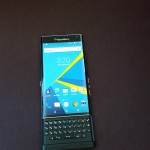
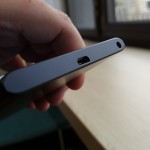
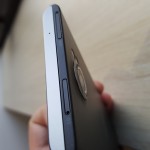
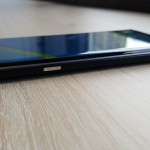
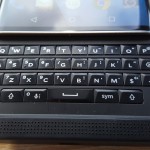
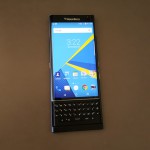
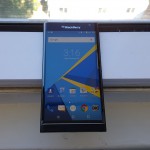

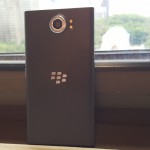
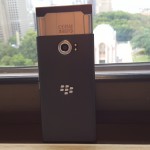





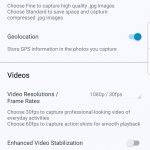

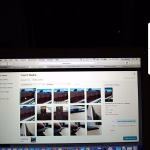
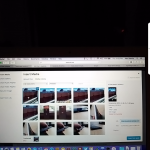













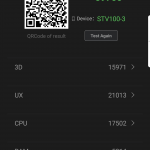
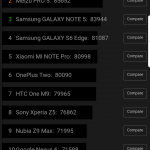
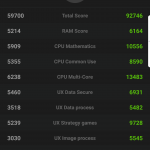
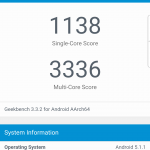
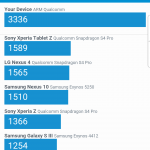
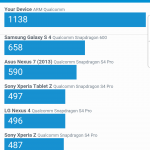
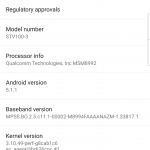
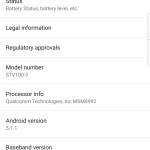
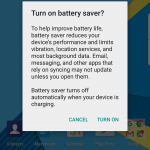
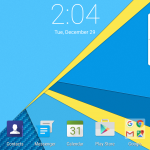
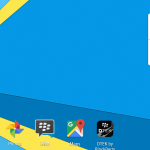
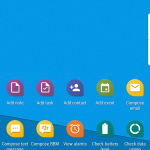
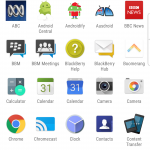

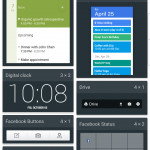
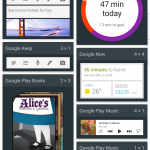

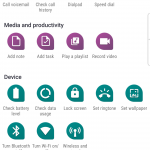
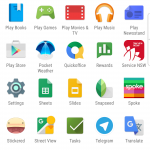
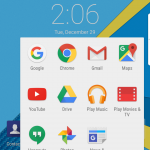
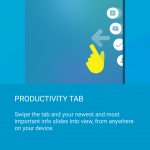

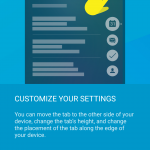
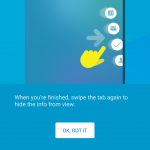

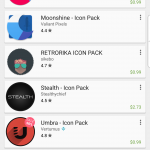

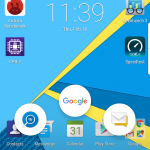
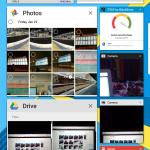





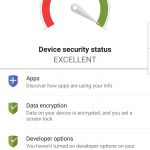

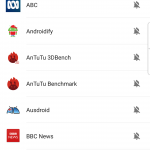
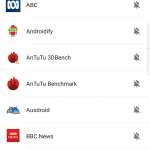
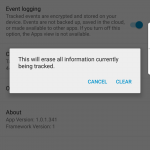
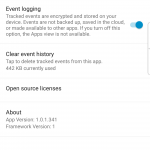
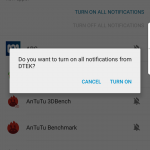
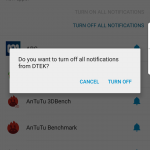
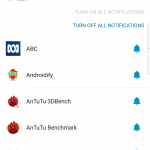
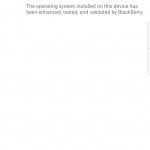
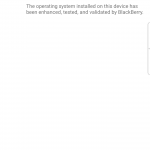
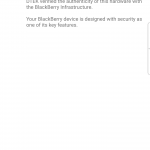
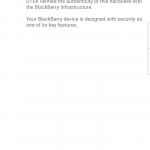
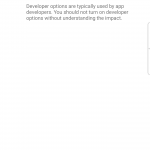
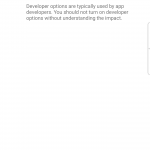
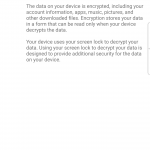
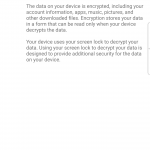



Any thoughts on the Hub features, as compared to how it works on BB10? How about the capacitive touch functionality on the keyboard? Also, did you have a chance to try different multi-tasking views?
I’ve been a Blackberry fan forever and one of my favourite phones was the Torch with it’s slide up option. I’ve had the PRIV for 2 weeks and while it does take time to get used to the physical keyboard, it’s great now. Physical keyboards are unbeatable for productivity for me, love it. Hoping Priv 2 will build upon it…though a part of me wonders what would happen if they released this earlier, even back in 2012 etc, this would have perhaps made Blackberry more relevant…
You lost me at your criticism of the keyboard.
It’s different to the q10, classic or passport hardware qwertys. Takes practice.
2 weeks of owning this device and I am flying on the keyboard. It is a lot faster more accurate than virtual.
It’s an intriguing device. However, despite extensively using a Blackberry in the past, why would I EVER want to go back to that keyboard now that swipe based onscreen keyboards are a thing? If they sold a version of the Priv that was the same in all respects but without the slide out keyboard (so would be simpler, lighter and (theoretically) cheaper to produce, I’d be much more interested.
If swipe based onscreen keyboards are superior, why are we not using those on our laptops and desktops?
Seriously? You’re comparing data input options on a 4-6″ device to those on a full sized computer?
Indeed I am. In terms of accuracy you can’t beat tactile keys. Plus, it’s not just about speed. Having a physical keyboard allows you to type while utilizing the entire screen. With a virtual keyboard, you lose half the screen.
Well, I agree on the “using half the screen” part, but in terms of typing accuracy a swipe style keyboard is streets ahead of a Blackberry tactile keyboard on a small screen size device, in my experience.
Not true. It’s only what you’re used to.
Virtual keyboards are only popular because hardware qwertys traditionally don’t minimise whenever the user needs a bigger viewing area.
That said BlackBerry’s virtual keyboard is one the best on the market. Swipe to choose words rather than swipe to find words.